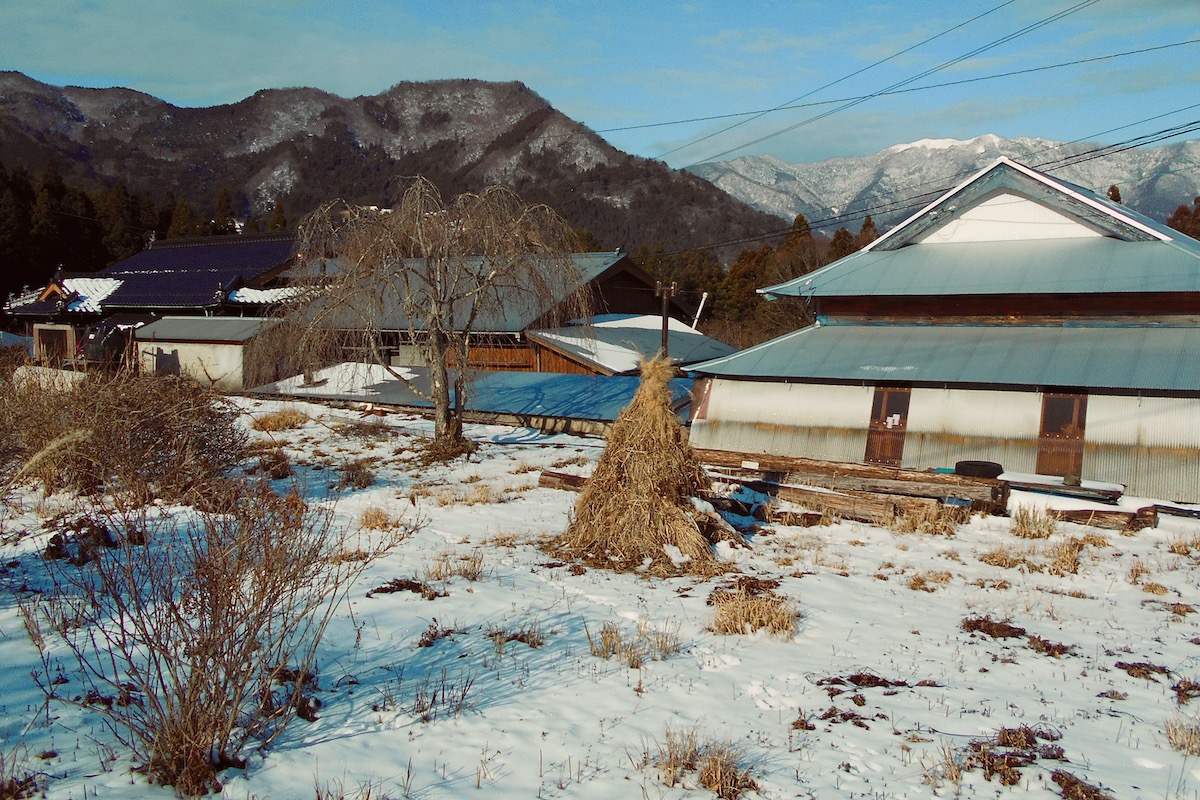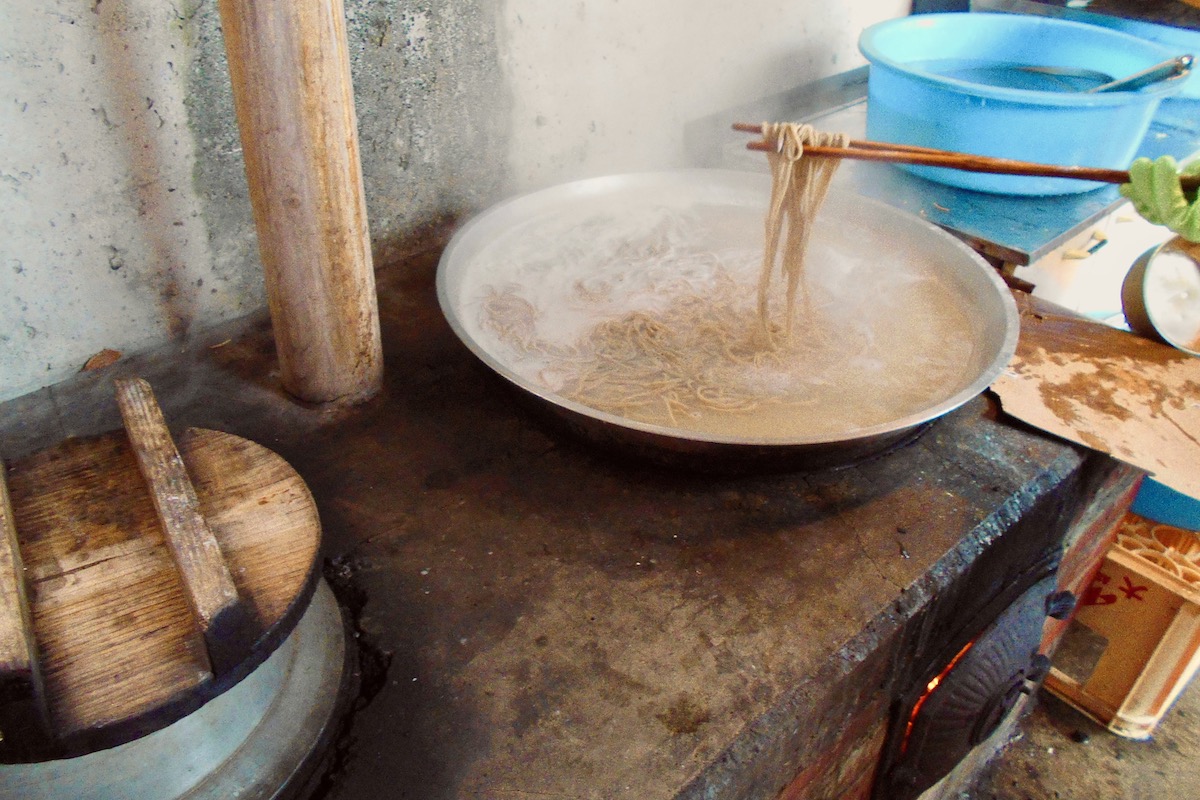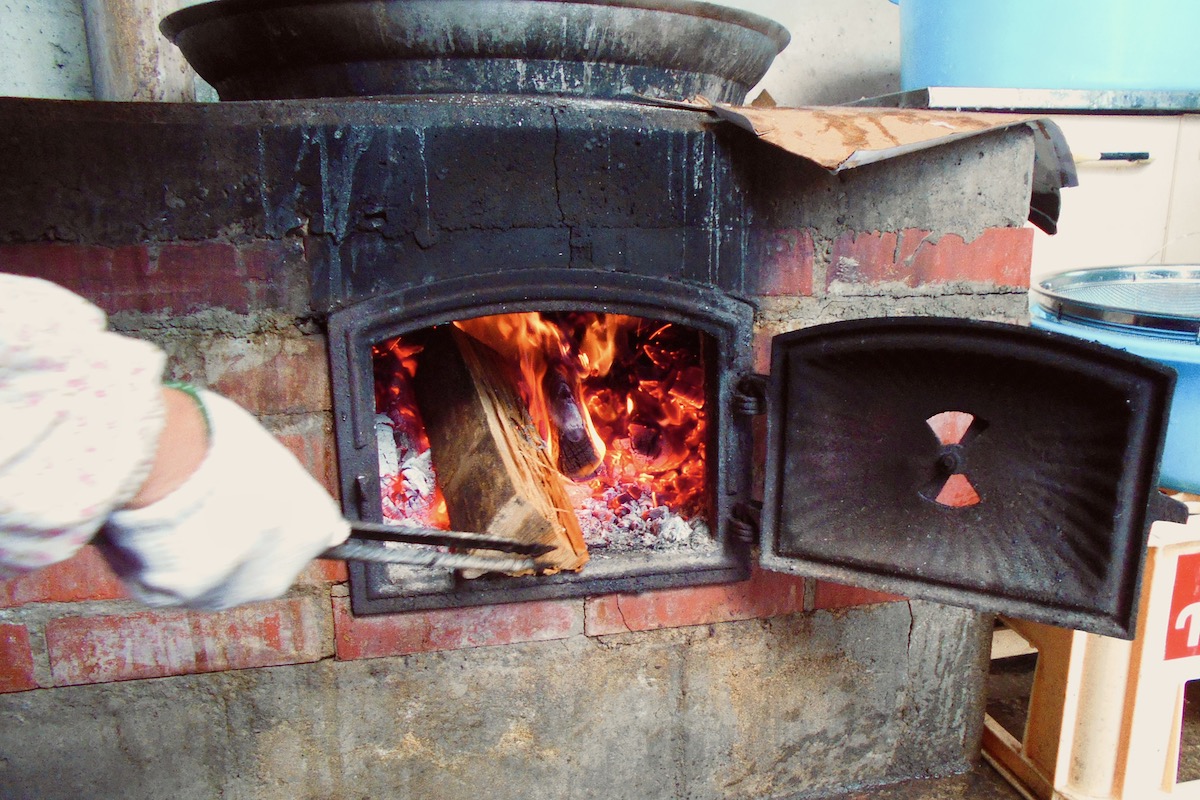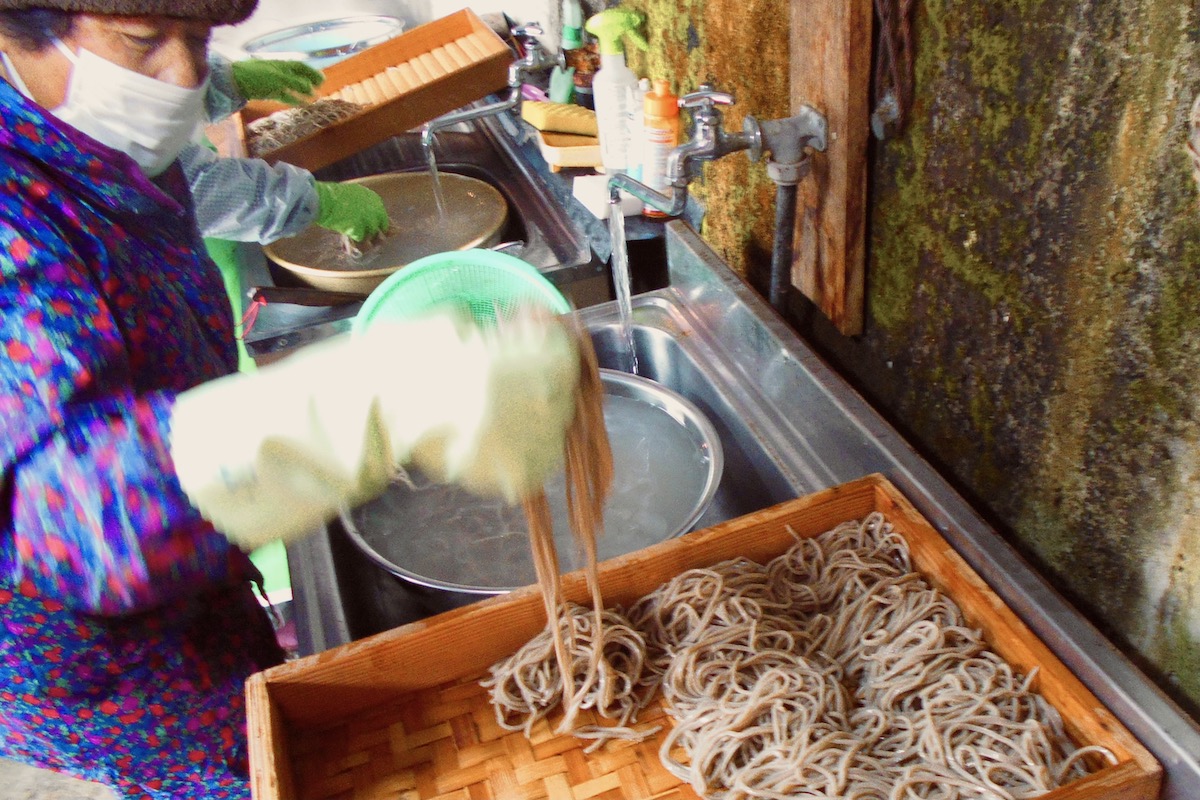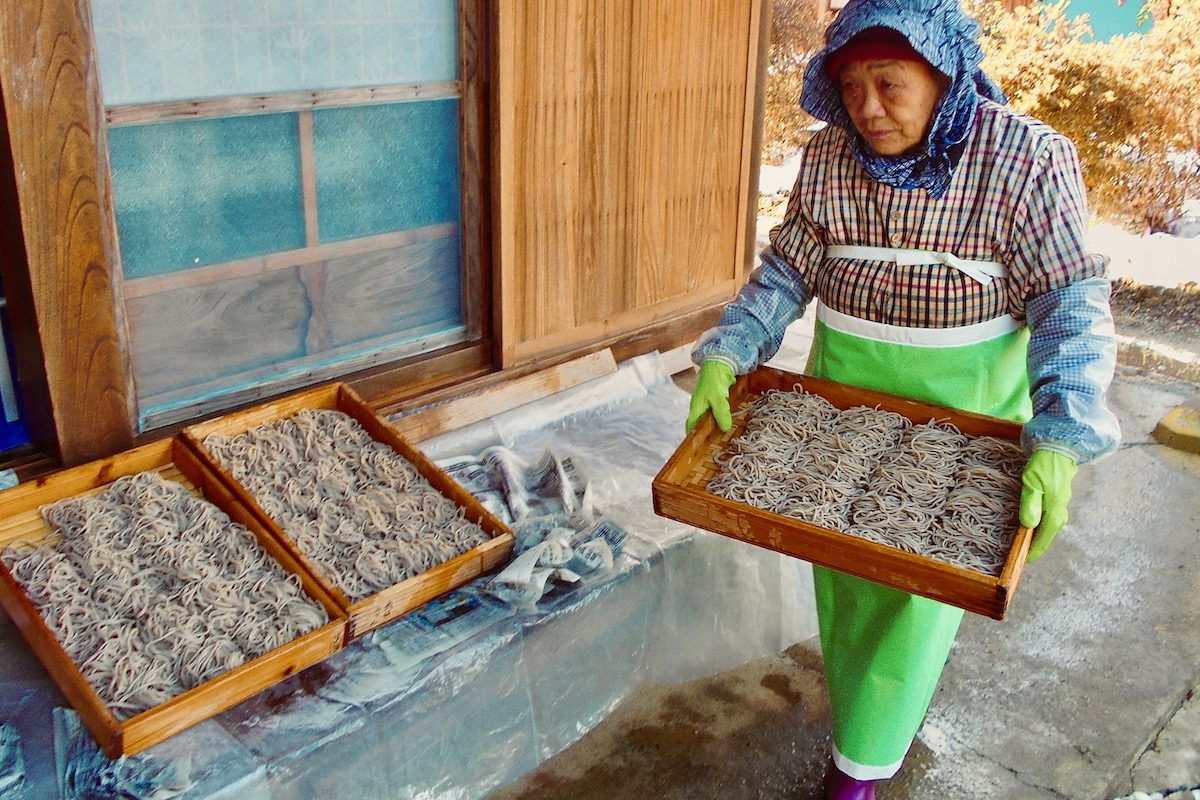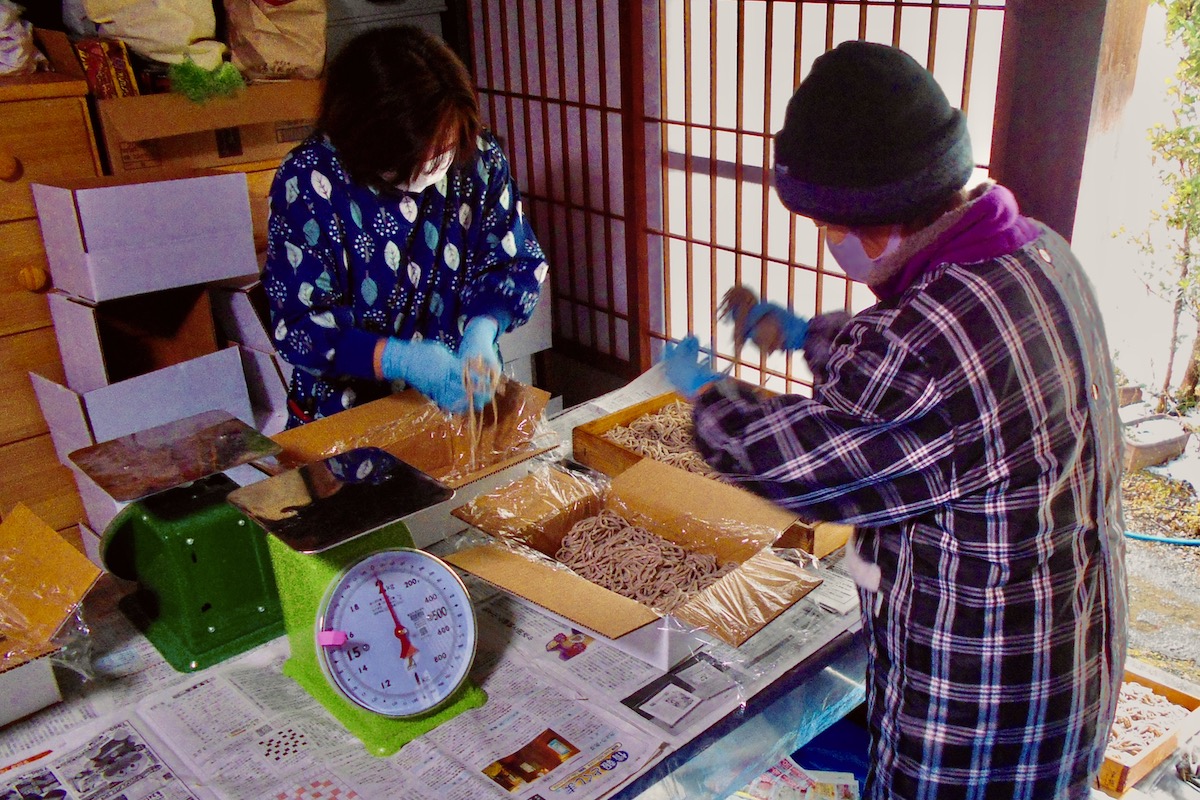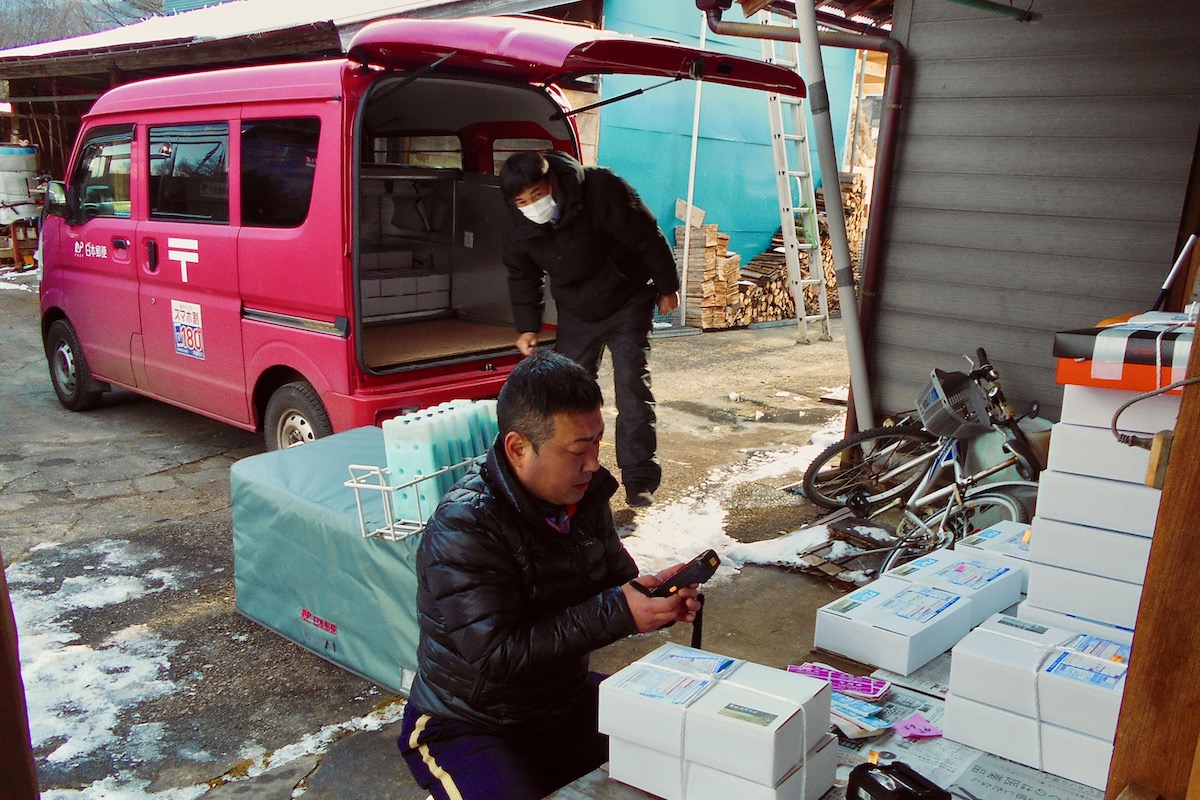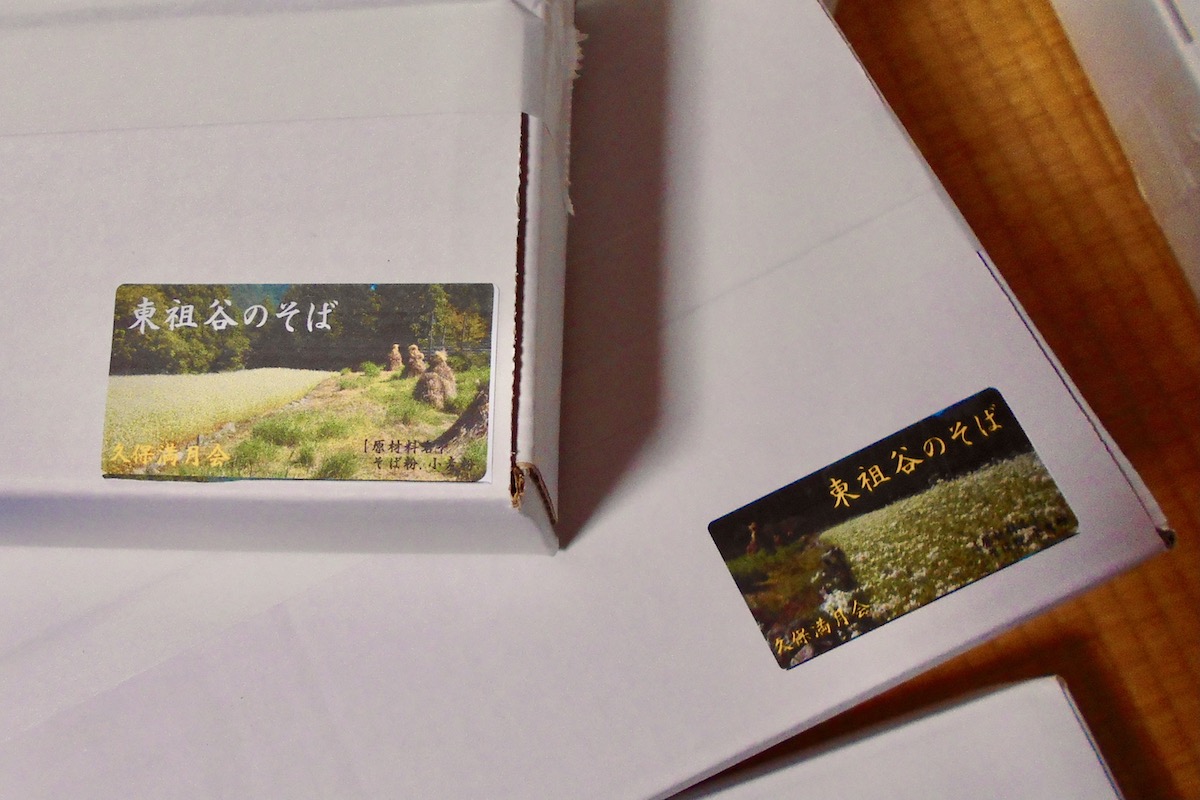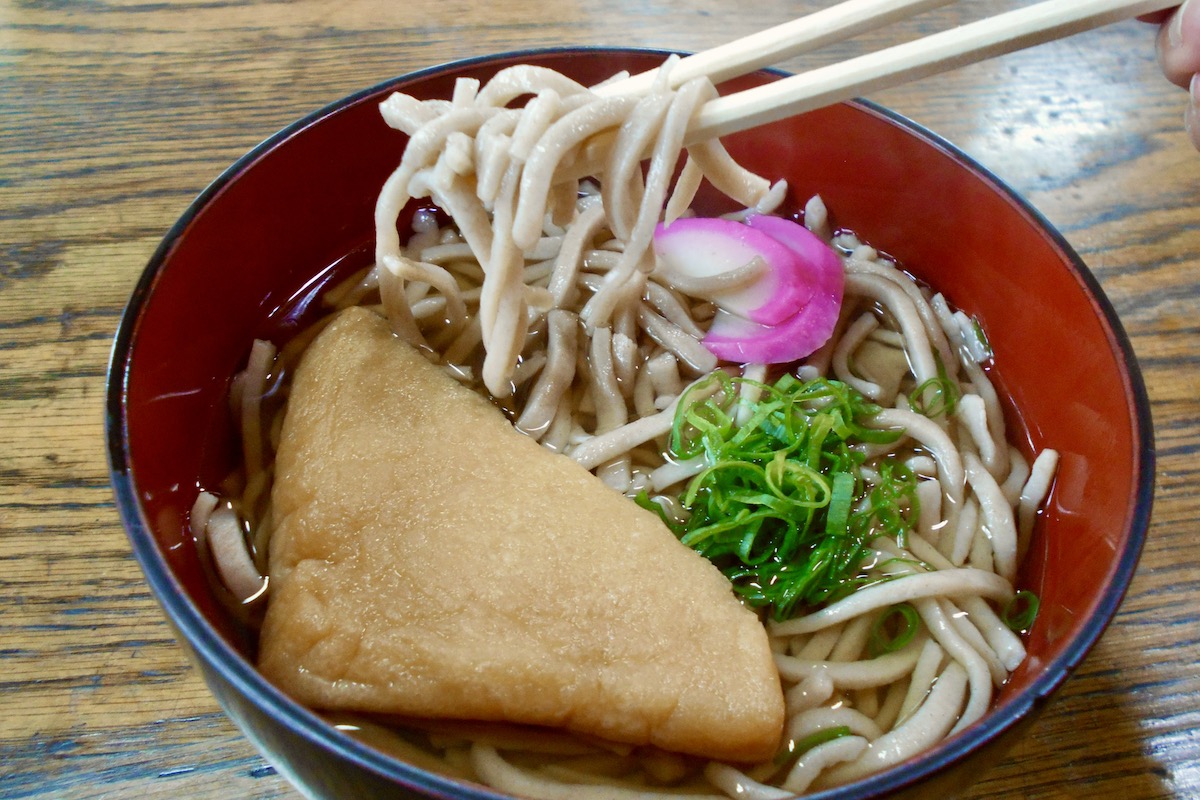Toshi-Koshi Soba Part 3 | Preparing for a New Year’s Eve Tradition in the Iya Valley
2022.01.20
Every year on New Year’s Eve all across Japan, people eat “Toshi-Koshi Soba” noodles in order to bring in good fortune for the coming year. This nationwide tradition is particularly significant in Miyoshi City’s Iya Valley, a place that is renowned for its hand-made soba noodles.
The Final Steps for Iya Toshi-Koshi Soba
Out in the deep Iya Valley, it was the end of December and the process for making Toshi-koshi soba noodles was reaching its climax.
The clock was unceasingly ticking towards the final day of the year, when the noodle-making efforts of the Kubo Mangetsukai group were to be enjoyed by people not just in Iya, but in homes across Japan.
Firewood and Spring Water: the Mountains of Iya Contribute to Making Soba
As batches of raw, hand-made noodles were completed, they were brought over to a separate building nearby in order to be cooked.
Steam billowed out from this open-air structure, where a different set of people went through the process of boiling the noodles.
Inside, large pots full of noodles bubbled atop a massive kamado, which is a traditional style Japanese stove.
The pots on the kamado were directly heated from underneath by a roaring fire that was fed with wood taken from the surrounding mountains.
The soba noodles were boiled in batches for only a couple minutes, and then quickly taken out in order to be immediately rinsed and cooled.
At a station of adjoining sinks, the noodles were dunked into the farm’s naturally cold mountain spring water. In doing so, the noodles rapidly contracted a bit, which gave them a firm yet delicate texture.
Mrs. Okamoto of the Kubo Mangetsukai group proudly showed off their soba and explained, “The color is so different (than with factory processed noodles).” Indeed, the shiny surface of the chilled noodles made them all the more appealing.
The finished noodles were then placed into wooden trays and brought over to a neighboring building where they were briefly left out in the brisk mountain air in order to fully evaporate off any of the water.
Bringing the Taste of Iya to the Whole Country
The finished noodles were then taken inside for the final step in the this tedious process.
Here, a different set of ladies measured out individual portions of noodles and arranged them into packaging boxes. Ten portions were carefully placed into each box.
The boxes were then sealed up and made ready for shipment. On the back wall a large chart was written out which detailed the quantities and destinations for each delivery.
Outside, a mail truck was here loading up dozens upon dozens of boxes. Within the next day or so, people from all over Japan would be receiving these precious hand-made packages of deliciousness.
Humble Satisfaction
As one lady placed shipping stickers one after another onto the boxes, she mentioned, “It’s impossible for us to make any more than this. We have probably hit our limit.”
But as she said this, she also smiled, and I could tell that she, just like everyone else here, was proud of their efforts.
For sure, they should be happy to know that it would their meticulously-made soba which would be bringing the New Year’s good fortune to whomever ate it.
So if ever visiting the Iya Valley, be sure to enjoy the time-honored taste of Iya Soba. Here are a few local places which serve hand-made soba year round:
Oku-Iya Hotel and Restaurant
https://www.iyatime.com/Oku-Iya-Hotel-and-Restaurant
Tsuzuki Shouten
Iya Bijin
(Text & Photos by: Shaun Lamzy)
Related Posts
-
Exploring Oboke Gorge – Part 2 | A Place for Food, Fun… and Monsters?!
The thrilling cliffs of Oboke Gorge are formed by the mighty Yoshino River as it cuts its way throug
2023.03.21
-
Exploring Oboke Gorge – Part 1 | A Natural Wonder of Miyoshi City
The mighty Yoshino River flows across much of Shikoku, and as it cuts its way through the rugged mou
2023.03.20
-
Iya Kanko Ryokan – Part 3 | Inheriting the Tastes of the Iya Valley
Just a few minute walk from the famed Kazurabashi Vine Bridge, the Iya Kanko Ryokan has been welcomi
2023.03.19
-
Iya Kanko Ryokan – Part 2 | A Family-Run Business Where Life is a Juggle
The Kazurabashi Vine Bridge is one of the most renowned sights of the Iya Valley, and just a couple
2023.03.18
-
Iya Kanko Ryokan – Part 1 | A Traditional Inn near the Kazurabashi Vine Bridge
Acclaimed as one of Japan’s Three Unusual Bridges, the Kazurabashi Vine Bridge is one of the most fa
2023.03.17
-
The Shikoku “Yukigassen” Snowball Fight – Part 2 | The Heat of the Battle in Icy Conditions
The 19th annual “Yukigassen” Snowball Fight Tournament was held recently in the deep mountains of Mi
2023.02.19










